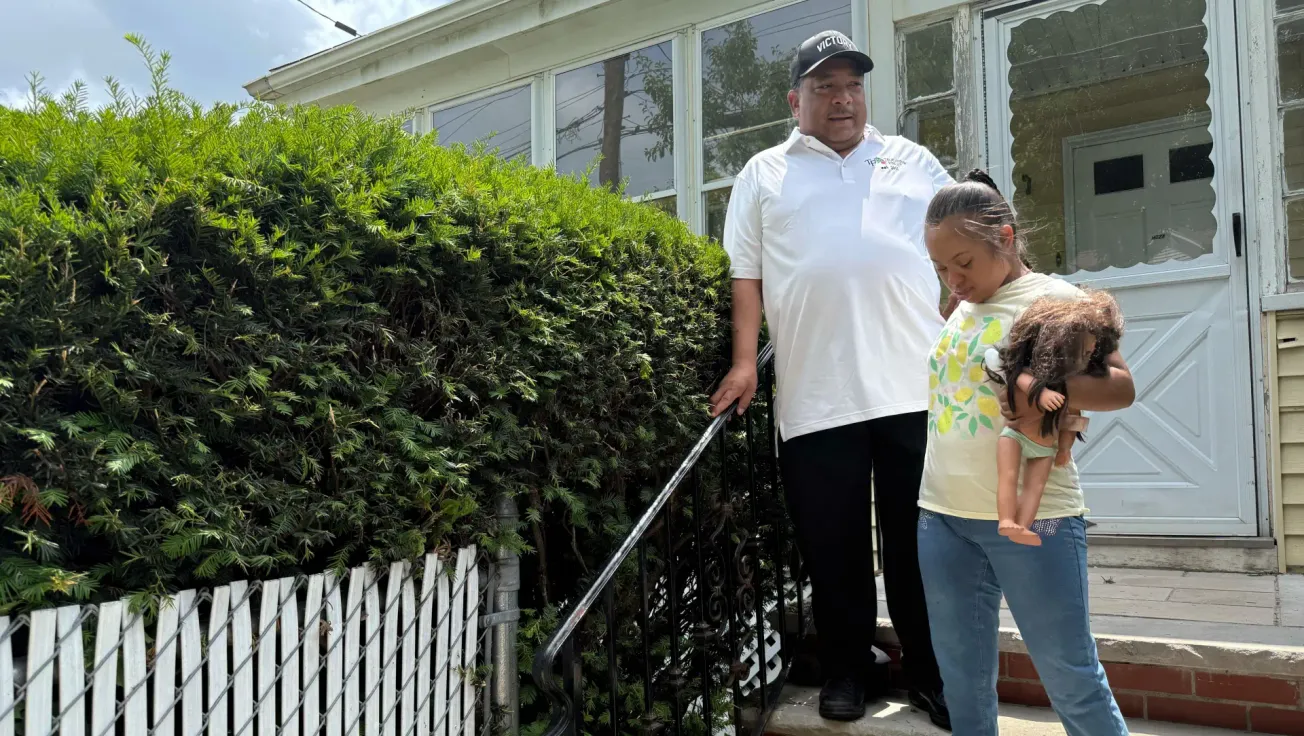The Latino market is poised to spend $1.3 trillion this year and Hispanics will make up 30 percent of the U.S. population by the year 2060.
The Latino market isn’t just the fastestgrowing segment of the U.S. population, it’s younger and its members tend to spend 20 percent more on soft goods (shoes, clothing, etc.) than non-Hispanic consumers, according to a CNBC story advising retailers to pay attention to Latinos.
With Latinos, digital and social media speak volumes when the message is on point. The group, as a whole, tends to spend more time online, and 80 percent of U.S. Latino adults use social media, according to a study by Pew Research. That compares with 72 percent for the country overall.
Another study, commissioned by Unilever, showed Latino consumers share via social media five times more often than non- Latino users, and are twice as likely to purchase the products they’re sharing online.
Pew Research Institute findings
The nation’s Latino population is its largest minority group, numbering more than 53 million, or 17.1% of the U.S. population, in 2013. It is also diverse in a number of ways. While Mexicans are by far the largest origin group at 34.6 million (making up 64.1% of all U.S. Latinos), the nation’s Latinos trace their roots to every part of Latin America. For example, Puerto Ricans are the secondlargest Latino origin group and represent about 9.5% of all U.S. Latinos. Beyond these two groups, no other makes up more than 5% of the U.S. Latino population. Cubans and Salvadorans, the two next largest groups, each make up just under 4% of the Latino population, with populations of about 2 million each.
Even though the foreign-born share is declining among each Hispanic origin group, the share that is foreign born varies widely across them. Venezuelans had the highest foreign-born share, at 69% in 2013. They are followed by Peruvians at 65%, Guatemalans at 64% and Hondurans at 63%. Only Mexicans (33%), Spaniards (14%) and Puerto Ricans (2%) have foreignborn shares of less than half of their total population.
In terms of educational attainment, Venezuelans are the most likely to be college-educated, with half of Venezuelans ages 25 and older having completed a bachelor’s degree or more. By comparison, Salvadorans (8%), Hondurans (9%) and Guatemalans (9%) have the lowest share of adults ages 25 and older with a college degree.
The U.S. population overall is twice as likely as Hispanics overall to have earned a bachelor’s degree or more—at 30% and 14%, respectively. On language use, according to U.S. Census Bureau data, fully 68% of all U.S. Hispanics ages 5 and older speak only English in their homes or speak English “very well”—a new high reflecting the rise in English proficiency among Hispanics.
Among Hispanic adults, one-quarter indicate they are English-dominant, 38% are Spanish-dominant, and 36% are bilingual, according to a 2013 Pew Research Center survey of Hispanics. Among the five largest Hispanic origin groups, 84% of Puerto Ricans speak only English or are bilingual—a higher share than Mexicans, Dominicans, Cubans or Salvadorans. Meanwhile, just 37% of Salvadoran adults speak either English or are bilingual, among the lowest share of the five largest Hispanic origin groups.
“U.S. Hispanics are a force. Why? Because we are growing not just in numbers, but in influence. U.S. Hispanics are expected to have a 163% increase in population between 2010 and 2050, and to make up 30% of the U.S. population by July 1, 2050. The important question now is, how do we reach this growing segment? Brands that want to reach the U.S. Hispanics segment need to think strategically and in-culture to be relevant.”
Zamawa Arenas. Founder and Principal of Argus
“No more the Hispanic market is represented by low income or low purchasing power communities. The Hispanic market is well known by its commercial behavior, well known by its loyalty to brands. Boston is a great example of this. You won’t see a Staples, Bed Bath and Beyond, Target, Lacoste or Pandora store without bilingual managers or employees. If you are still hesitant to realize this and your eyes need to see it, go to the TD Garden on October 9th and experience a sold out concert of Colombian artist Carlos Vives and Puerto Rican singer Marc Anthony. About 17,000 individuals will be dancing Latin music, singing in Spanish and generating more than $5 million in one evening. Does this answer your question?”
Javier Marin, Owner of Campeon Soccer and El Planeta
“Why advertisers should consider the Hispanic market? Because is the largest growing demographic in the US! Ignoring us could be very expensive for large or midsize US businesses looking to grow in this country.”
Jose Barriga, Founder and Director of Boston Latino International Film Festival (BLIFF)
“If you do it the right way, it’s an excellent time for companies to recognize and take advantage of the contributions of the Latino community.”
Digna Gerena, Founder and PR/Marketing Consultant at Boston Latino Media
The number of Hispanic consumers living in the U.S. today is 50 million. According to the U.S. Census Bureau, that number is not only going to grow exponentially to a projected 133 million by 2050, it’s also going to grow in the acculturated segment (bilingual or English dominant), which means these consumers are growing up exposed to American brands and, as such, are a very viable target audience.
In Massachusetts 700,000 Latinos call Massachusetts home and Boston is the Massachusetts city with the largest population of Latinos. As reported in the U.S. Census of 2010, the Latino population of Boston is 107,917 persons, representing 17.5% of the total population of Boston. The world in which we work and live is increasingly diverse and more aware of its diversity. As their populations grow, these groups increasingly make a critical difference in many elections and are changing the way organizations and leaders typically interact with customers, staff, suppliers, voters and other stakeholders.
Josiane Martinez, Founder and Director of Archipielago Consulting Group








